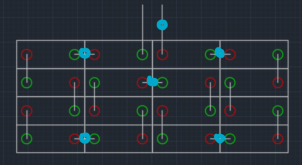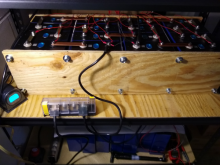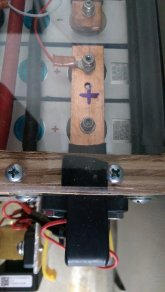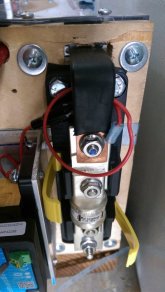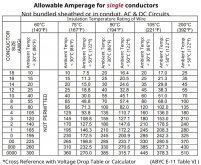The short circuit fuses are confusing me. It seems like the fuse is outside of the short circuit unless we fuse every busbar.
I am having a hard time understanding when the short circuit energy would leave the cells in the short circuit.
That's why the cells in a Tesla batteries are individually fused. We're definitely doing a tradeoff here and it's possible to have an "internal" short - something the fuse can't catch.



